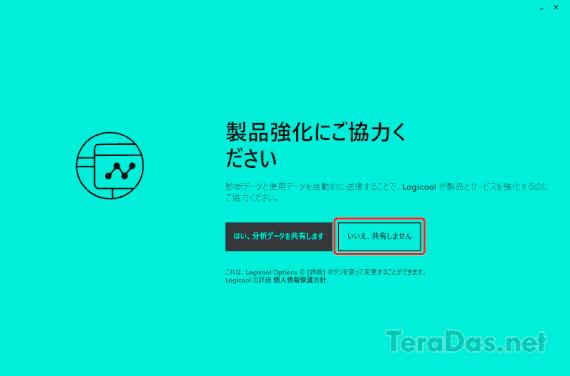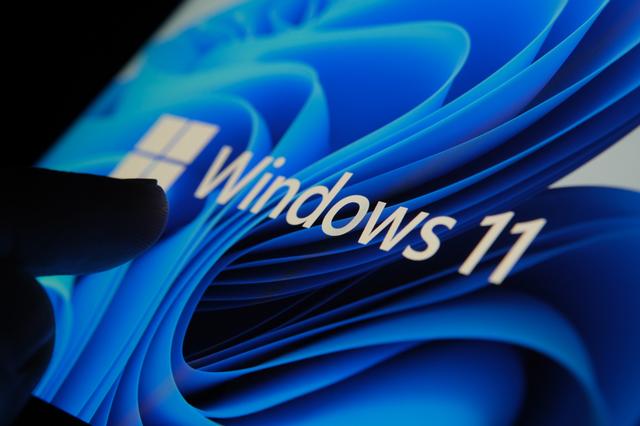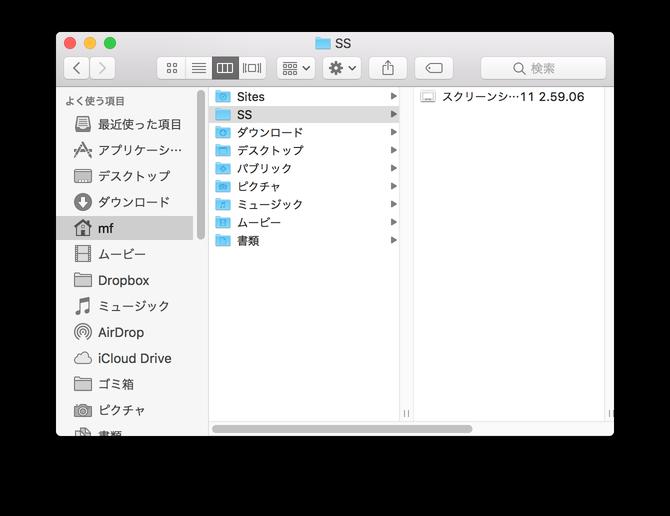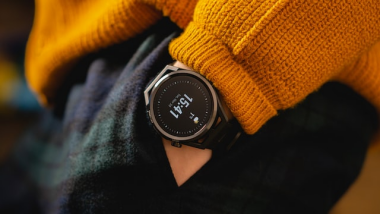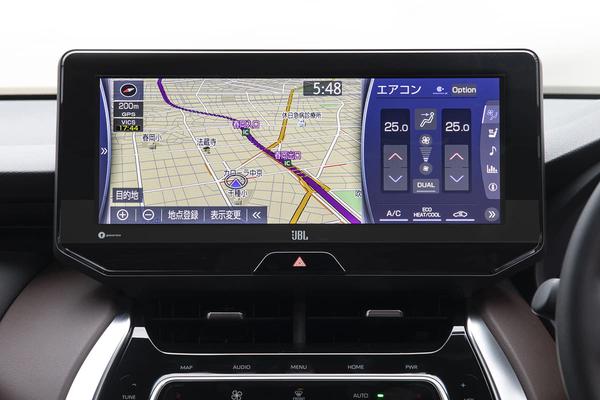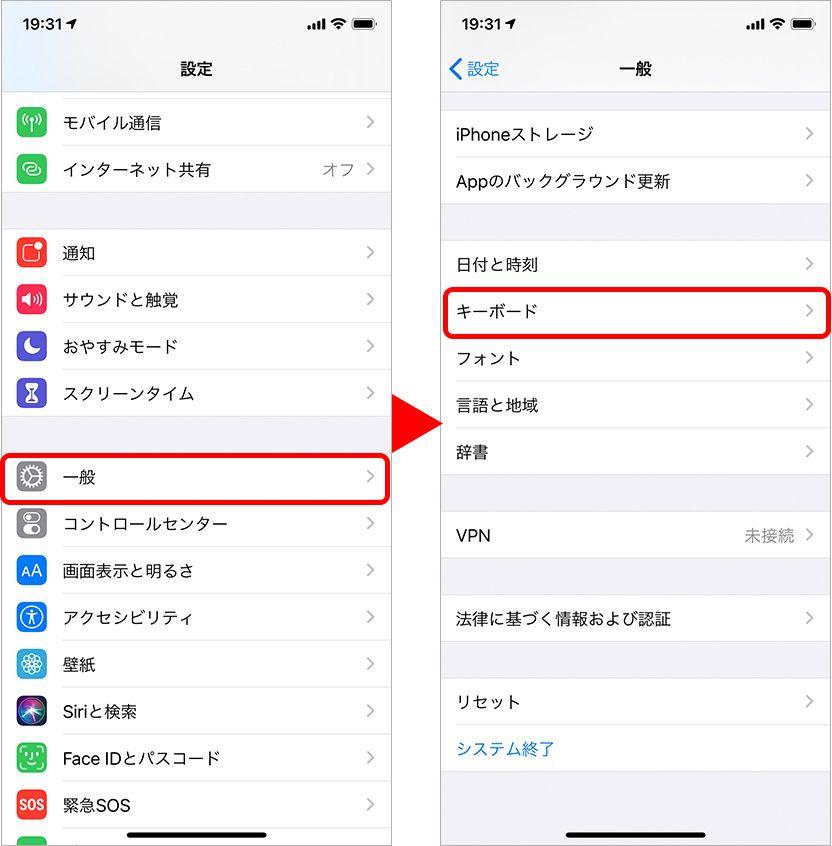Influence of ``sales price on Mercari'' on new product purchase Experiment reveals the frontier of marketing research
With the rapid growth of the secondary distribution market due to C2C (person-to-person transactions) using the flea market app “Mercari” and online auctions, There are an increasing number of people who say that There is a paper that verifies this new consumption style. It is packed with hints for product planning and pricing of new products. This time we will deliver the first part.
Associate Professor Akira Yamamoto of Keio University Graduate School of Business Administration [Click image to enlarge]General consumers turn to sellers
In recent years, the growth of flea market apps and auction sites represented by "Mercari" has been remarkable. According to the Ministry of Economy, Trade and Industry, the flea market app market, which appeared in 2012, has continued to grow rapidly, reaching 483.5 billion yen in 2017 and 639.2 billion yen in 2018, a year-on-year increase of 32.2%. These movements are creating new consumption (purchasing) trends.
Until now, the main decisive factor for a consumer's purchase was "whether the features and value of the desired product match the price". However, if you assume in advance that you will sell it on a flea market app or an auction site when you use it and become "used", the story will be different.
At the stage of buying a new product, consumers become aware of "how much it will sell for if I sell it online after using it myself". In other words, when companies plan and price new products, they will need to consider the degree of popularity and sale (successful bid) price on flea market apps and auction sites.
Then, how much do consumers pay attention to prices when selling online? What effect does the selling price of a used car have on buying a new car? As the "secondary distribution market" formed by general consumers grows, how should companies respond in the future by planning new products and setting prices?
In June 2020, Associate Professor Akira Yamamoto of Keio University's Graduate School of Business Administration published an article that provides guidance on such questions in the "Marketing Journal" of the Japan Marketing Society. Impact on purchases in the primary market”.
[Click image to enlarge] Hikaru YamamotoAssociate Professor, Graduate School of Business Administration, Keio University
Graduated in 1996 from the Department of Political Science, Faculty of Law, Keio University. After working at a foreign-affiliated advertising agency, in 2001 she completed a master's degree at the Graduate School of Economics, the University of Tokyo. In 2004, completed the doctoral course at the same graduate school. After working as an assistant at the Graduate School of Economics, the University of Tokyo, and as a full-time lecturer and associate professor at the Faculty of Economics, Seikei University, he assumed his current position in 2014.

``With the rise of flea market apps, general consumers, who until now were only buyers, now turn to sellers and actively engage in transactions. My research started when I became interested in the platform.”
Professor Hidehiko Nishikawa of the Graduate School of Business Administration, Faculty of Business Administration, Hosei University, who is also the navigator of the series and the vice president of the Japan Marketing Association, who recommended this paper, commented as follows.
The secondary distribution market brings not only threats but also "opportunities"In response to the secondary distribution market, the so-called second-hand market, which is increasing due to flea market apps such as Mercari, manufacturers and distribution companies are shrinking the primary distribution market. You may feel threatened because of the possibilities. Or maybe they don't see it as something they can't get involved in.
However, the secondary distribution market actually brings new "opportunities" to the primary distribution market. Products that do not depreciate in the secondary market are more likely to be purchased in the primary market, or may be considered worth paying a higher price. Professor Yamamoto's paper clarified this fact through experiments.
It should be noted that the condition for this phenomenon to exist is that there is an environment in which consumers can easily compare prices in the primary distribution market and prices in the secondary distribution market. In other words, it is important for companies to display and transmit information such as product names and product numbers that consumers can easily compare. Through this paper, I hope that companies will understand new opportunities and take on the challenge of marketing measures that are conscious of the secondary distribution market.
This paper is an excellent study that won the Japan Marketing Association Marketing Journal 2021 Best Paper Award.
(Professor Hidehiko Nishikawa, Faculty of Business Administration, Hosei University)
Let's take a look at Associate Professor Yamamoto's "The impact of the secondary distribution market on purchasing in the primary distribution market".
43.8% of the used market is CtoC online sales
Speaking of the secondary distribution market, second-hand sales of expensive products such as cars and real estate have been carried out for a long time. However, these are markets in which second-hand buyers and sellers intervene between consumers. As Associate Professor Yamamoto noted, the second-hand goods trade, in which consumers directly exchange not-so-expensive daily necessities, has become so active because flea market apps and online auctions have become widely recognized by the public. After becoming
According to the ``Reuse Industry Market Size Estimate 2021 (2020 edition)'' published by ``Recycle Tsushin'' (Reform Sangyo Shimbun), of the 2020 reuse market size of approximately 2.4 trillion yen, CtoC online sales is 43.8%.The C2C online market has reached a scale that cannot be ignored.As a result, new consumers who buy on the premise of selling will emerge, and the ease of selling and value in the secondary distribution market will increase It has become a boost for purchasing in the market.” (Associate Professor Yamamoto)
In fact, in August 2020, Mercari Research Institute conducted a survey of 1,463 men and women aged 20 to 69 nationwide regarding the consumption behavior of flea market app users and non-users. It was found that 52.7% of flea market app users check the selling price on the flea market app before purchasing a new item. Furthermore, 44.5% answered that they "consider resale value when purchasing a new product."
What kind of impact will this new consumption trend have on the marketing of new corporate products?
This content/feature is for paying members only.
Sign up for unlimited reading of articles If you are a member, please log inWhat are the member benefits of Nikkei Cross Trend?
